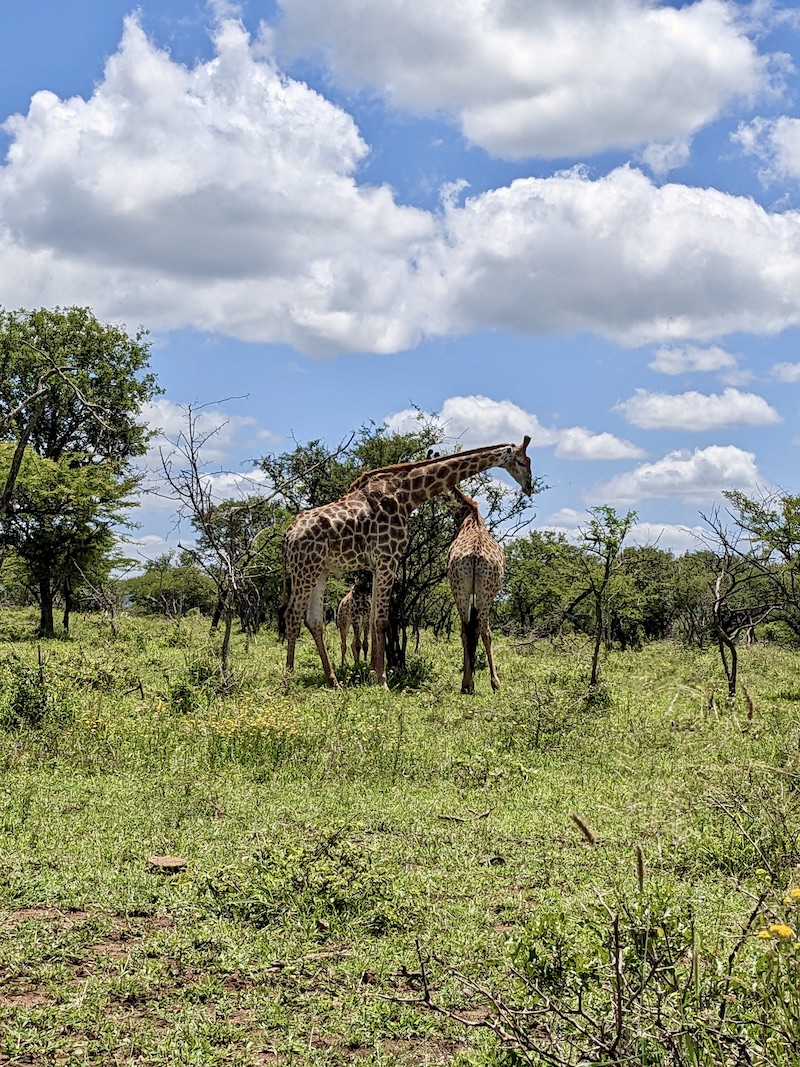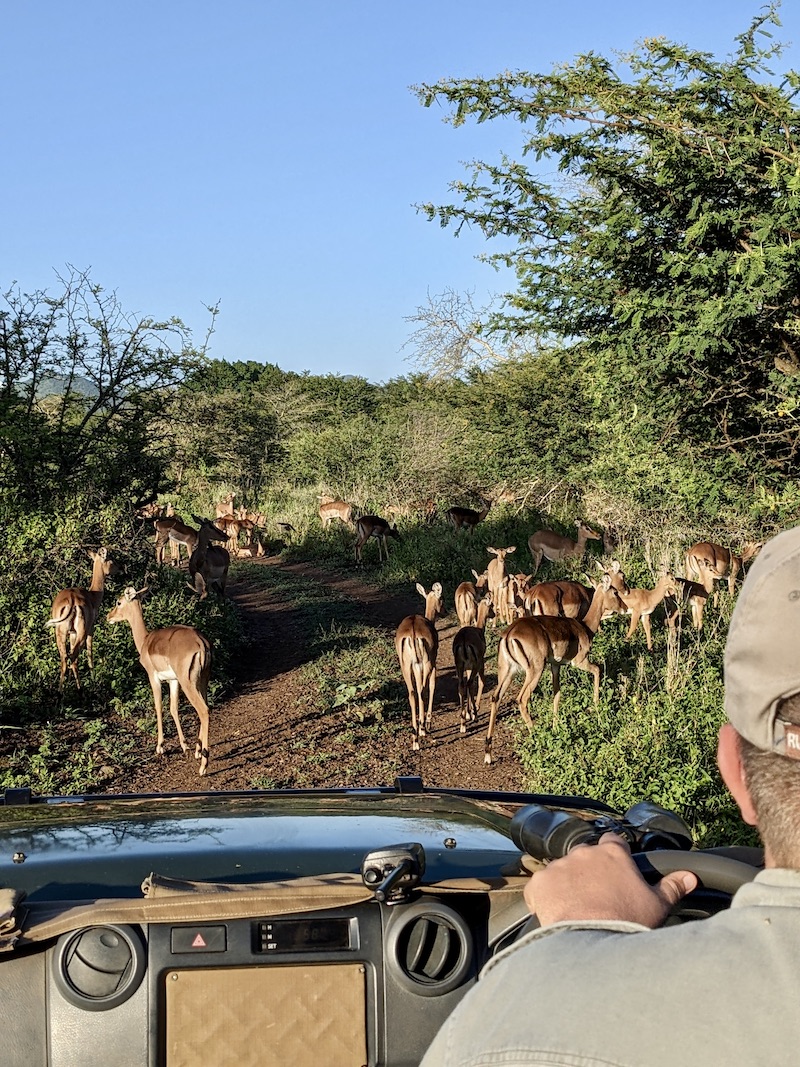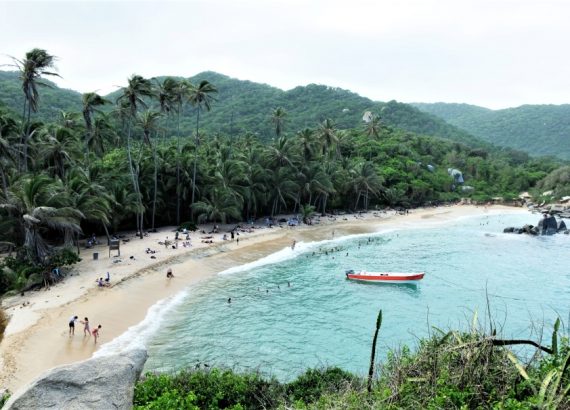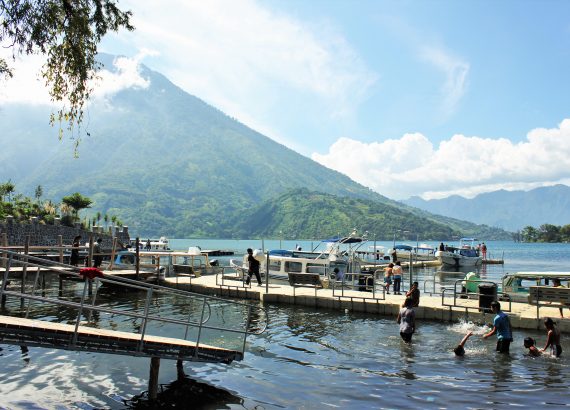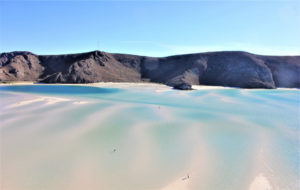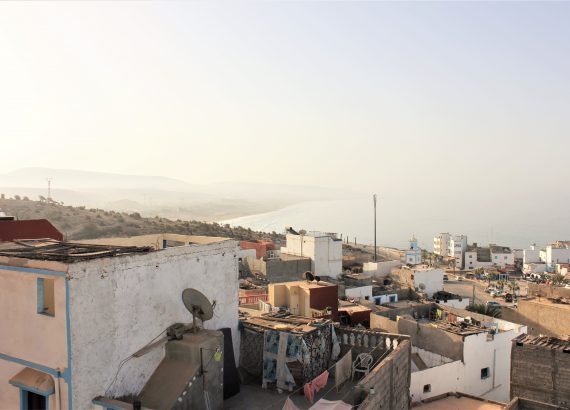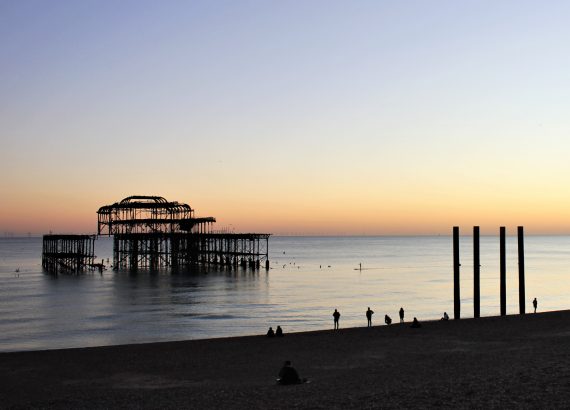6 Responsible Wildlife Experiences for Animal Lovers

Our world is full of incredible wildlife, most of which many of us can’t even imagine how beautiful it is. It’s no surprise then that so many of us consider safaris and wildlife experiences to be ‘once in a lifetime’ travel opportunities. From safaris in the savannah to diving amongst the coral, trekking through rainforests to scouring mountains, animal tourism is a diverse beast.
However, before we embark on explorations of beautiful nature and intriguing wilderness, it’s important to research these destinations and activities with care. There are many non-ethical tourist attractions involving animals throughout the world which result in the abuse of animals for financial gain.
Here are some wildlife experiences that are responsible:
1. Swim With Sea Turtles in The Galapagos
Ecuador’s Galapagos Islands are nothing short of incredible and are a famous hotspot for responsible wildlife tourism. There are regulations in place when exploring the Galapagos Islands to ensure the wildlife and nature are protected from those visiting here. You will find that there are a limited number of boat tours around the islands, alongside a maximum number of travellers to ensure the ecosystem remains intact.
Visitors must also keep a distance of two metres from wildlife throughout the national parks, not smoke or drink in these areas, only take pictures without the flash, and never camp or make a campfire. These guidelines ensure that the animals and landscapes are constantly looked after, assuring the natural scenery and nature remain intact. You can read more about the rules throughout the Galapagos here.
On our trip to the Galapagos Islands we swam with wild sea turtles, watched penguins under the water, dived with hammerhead sharks, admired flightless cormorants on Fernandina Island, and so much more. The Galapagos Conservation Trust is working hard to protect these vulnerable animals and ensure they remain safe. They also partner with other wildlife organisations to assess the risk of marine plastic pollution, another threat to green turtles. When you visit the Galapagos Islands, you can help protect the green turtles by donating to these conservation programmes.
Floreana and Santa Cruz are the two best islands to swim with sea turtles in the Galapagos. Bachas Beach on Santa Cruz and Punta Cormorant on Floreana are two beaches where the turtles often go to lay their nests. Even if you don’t plan on visiting these islands, you can still spot sea turtles almost anywhere around the archipelago.
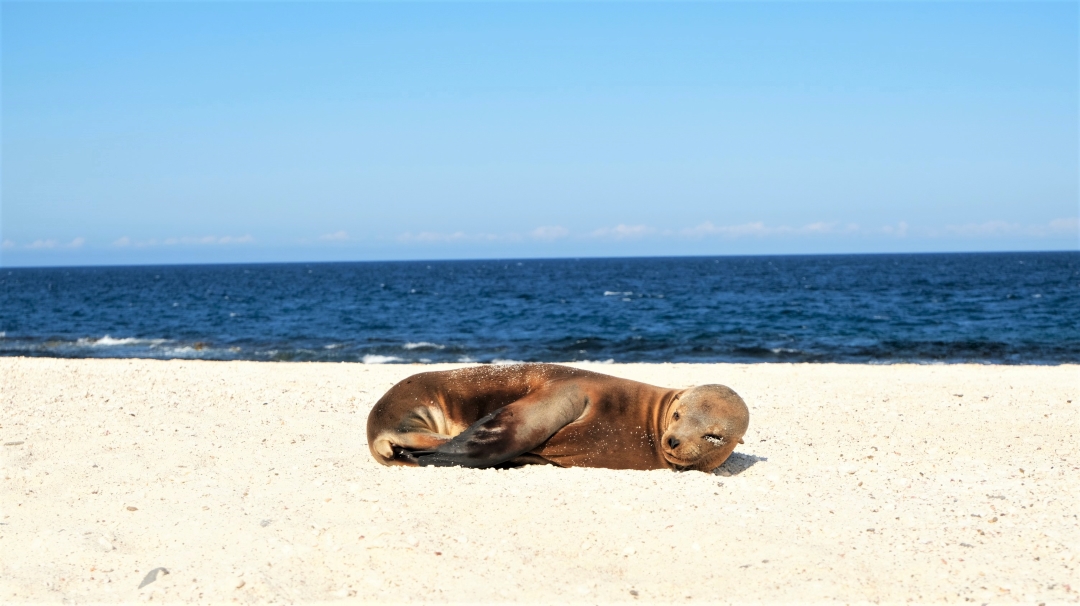
2. Safari in South Africa
Renowned as a destination for sightings of the “Big 5” (lions, leopards, rhinos, elephants and buffalo), South Africa is one of the world’s top destinations for a safari. However, unfortunately not all safaris in South Africa are ethical so be sure to look for a game reserve where the wildlife is protected and I recommend reading this excellent guide to planning an ethical safari trip.
We stayed at the beautiful Rhino River Lodge in the Manyoni Game Reserve, just a few hours drive from Durban. It is honestly the most incredible place we have ever stayed. After driving just 30 metres into the reserve, we were stunned to see a herd of zebras, giraffe and impala emerge through the trees, majestically making their way across the plains.
The lodge offers twice daily game drives, in the early morning and evening when wildlife sightings are most likely. The rangers are talented animal spotters with a wealth of knowledge of the wildlife and the habitat they live in, making sightings likely. We were lucky enough to see cheetahs, lions, elephants, hippos and giraffes during our game drives.
3. Visit The Giraffe Centre in Kenya
Kenya is home to organisations working to conserve, preserve, and protect wildlife. One such organisation is the African Fund for Endangered Wildlife, which was behind the Giraffe Centre in Nairobi. It’s a Kenya-based non-profit organisation that aims to teach kids about the surrounding wilderness while rehabilitating and protecting giraffes.
The African Fund for Endangered Wildlife has been rescuing orphaned giraffes since the 1970s. Since then, the organisation has had hundreds of success stories of Rothschild Giraffes released back into the wild.
The Giraffe Centre is an ideal place for families pursuing the many wonders of Kenya. Local kids from various schools can also visit to learn about wildlife and gain insight into animal conservation. This provides a place to educate children at a young age, all whilst raising money to continue to rescue and care for these beautiful creatures.
Visitors are also able to interact with and feed the animals at The Giraffe Centre. However, to keep them safe and healthy, you can only give them food pellets of wheat, corn, molasses, and grass.
4. Tiger Safari at Ranthambore National Park in India
Seeing tigers in India is a dream for many wildlife enthusiasts. It’s home to the Ranthambore National Park, one of the world’s largest tiger reserves, offering visitors a chance to see the magnificent Bengal tigers. For a more enjoyable experience, consider booking a luxurious trip to India, which allows you to explore India’s top attractions and visit the tigers at Ranthambore National Park.
Ranthambore National Park’s dense vegetation creates the perfect place for tigers to hunt for prey. Furthermore, you may also encounter other wildlife when exploring here such as leopards, and more than 300 species of birds. Plus, the stunning surroundings and dense forests create the perfect place for those looking for an unmatched adventure.
5. Gorilla Trekking in Uganda
If you’re up for the challenge of trekking through lush jungles to see mountain gorillas in Uganda up close, you should visit here and experience gorilla trekking. Gorilla trekking in Uganda is not like any other wildlife experience in Africa. While it can be challenging, seeing the fascinating creatures up close will make it well worth it.
The mountain gorillas only live in the Virunga mountains of Congo, Rwanda, Uganda, and the Bwindi Impenetrable National Park. Uganda is home to about 60% of the remaining mountain gorillas in the world, and about 400 of them live in the Bwindi Impenetrable National Park, making it a popular place for gorilla trekking.
The trek requires getting dirty and passing through the thick jungle as you follow a local guide who will lead the way to find a family of habituated gorillas. You can expect to spend up to an hour with these fascinating creatures during your gorilla trekking experience. However, the whole trek can take up to 5 hours to complete, with plenty of dense forestry and rugged terrain to get through.
6. Fortress Of the Bear in Sitka, Alaska
Visiting the Fortress of the Bear in Sitka, Alaska, is another incredible and responsible adventure for animal lovers. Fortress Of the Bear is a non-profit bear refuge education centre established in 2003 at the Gary Paxton Industrial Park, aiming to provide protection and care to orphaned bears in a safe environment.
On your visit to the wildlife refuge centre, you will have an incredible opportunity to get within 25 feet of the distinctive brown bears of Alaska in a naturalised setting. You will encounter the bears that call this place their home, as well as observe their personalities. They also discourage the bears from getting into a routine, so their feeding times are often varied, however, you can expect to enjoy a tour of around 30 minutes during your visit.
Fortress of the Bear is also situated in the lovely Tongass National Forest, providing a beautiful environment for all to enjoy. With a beverage room, experienced guides and insight into these fascinating animals, a trip here is sure to impress any nature lover.
